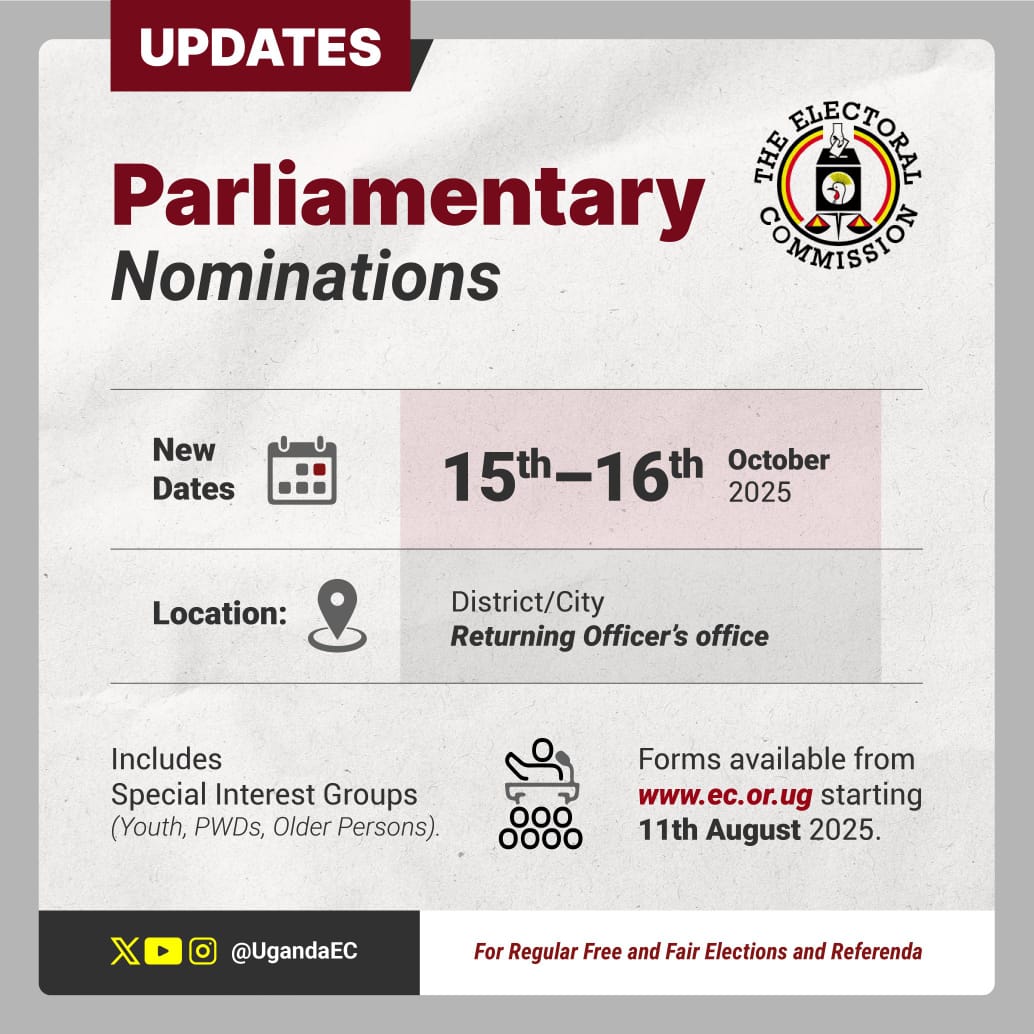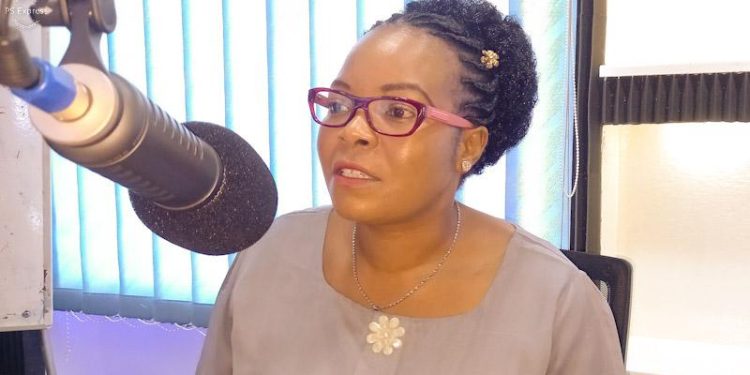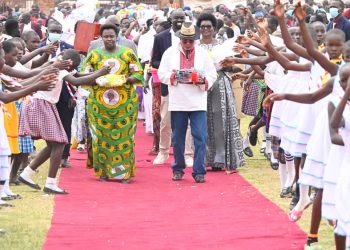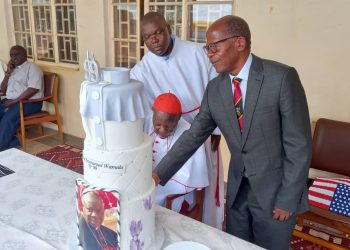The Government is set to launch an initiative aimed at providing decent housing for Ugandans, particularly the poor residing in urban areas, in light of the high cost of living and challenges associated with land ownership. The Minister of State for Urban Planning, Princess Persis Namuganza, stated that this project is designed for low-income earners who either do not own land or lack the financial means to purchase land or build homes.
Under this initiative, beneficiaries will be required to make payments for their homes within a period of 15 years.
The minister emphasizes that the primary focus will be on Kampala, Uganda’s capital city, with the goal of establishing organized settlements in slum areas equipped with essential housing facilities.
Namuganza pointed out that many slums in Kampala and other urban areas suffer from inadequate planning, as residents construct their homes without regulation, resulting in a lack of pathways, lack of privacy, and significant congestion, which contributes to poor living conditions.
Current statistics reveal that Uganda faces a housing deficit of 2.4 million units, with 210,000 units located in urban areas and 1.395 million in rural regions. Furthermore, it is estimated that around 900,000 units are substandard and require upgrading or replacement. Reports indicate that urban areas alone need approximately 65,000 additional housing units.
NHPC 2024
According to the 2024 National Housing and Population Census published by the Uganda Bureau of Statistics (UBOS) on October 3, 2024, 66% of households, equating to 7 million, reside in owner-occupied dwelling units.
In contrast, 25% (2.7 million) live in rented accommodations, with 24% in semi-detached houses and 21% in huts.
The data reveals that 75% of households have roofs made of iron sheets, while 61% have brick walls. Additionally, 31% of households have floors constructed from cement screed.
The report also highlights that 81% of households have access to improved drinking water sources, leaving 19% without such access, with 39% relying on boreholes as their primary source of drinking water.
Furthermore, it indicates that 44% of households possess improved sanitation facilities, while 50% have unimproved facilities, and 7% lack any sanitation facility. Notably, 28% of households utilize shared toilets, and a significant 60% of households in the Karamoja region do not have any toilet facilities, resulting in open defecation.
Regionally, Teso has the highest percentage of owner-occupied dwelling units at 83%, followed closely by Bukedi, Karamoja, and Kigezi, each at 82%.
Buganda, however, has the lowest percentage at 45%. Conversely, Buganda also has the highest proportion of rented dwelling units at 44%, while Karamoja has the lowest at 6%.
A significant majority of households in rural regions resided in owner-occupied homes, accounting for 77%, while this figure was only 49% in urban areas. Conversely, urban households exhibited a higher tendency to rent, with 42% living in rented accommodations compared to just 13% in rural settings. The data reveals that a substantial portion of households, 53%, utilized a single room for sleeping, while 29% occupied two rooms, together representing 81% of the total households, or approximately 8.7 million.
There was a minor variation between female-headed and male-headed households regarding the use of one room for sleeping, with 52% and 53%, respectively.
The Karamoja sub-region reported the highest percentage of households (70%) using a single room for sleeping, in contrast to the Kigezi sub-region, where only 33% of households did so.
The findings indicate that overall, 33% of households had access to outside built bathrooms with drainage, followed closely by those with outside built bathrooms lacking drainage at 29%.
The Uganda Bureau of Statistics asserts that housing is a fundamental human right, crucial for the well-being of all individuals.
It is a primary human need that significantly influences health, welfare, social attitudes, and economic productivity.
Sustainable Development Goal 11 underscores the necessity of ensuring access to safe, affordable, and adequate housing.
Evaluating housing conditions serves as a vital indicator for assessing the living standards of a population.


































